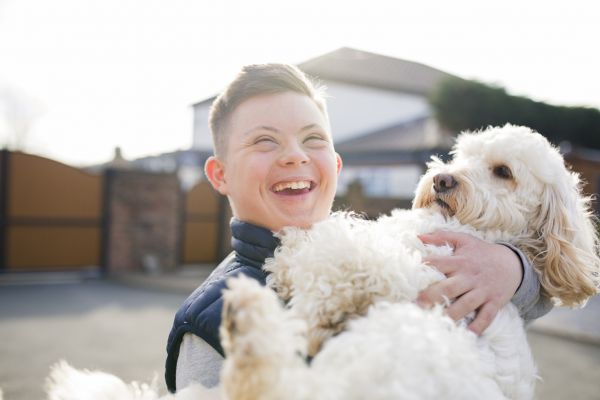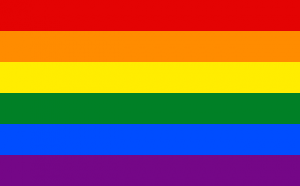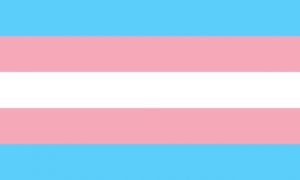This part of the website is for youth. You might need the help of a trusted adult to look at this or you might be able to look at it on your own. Some of the words used in this section may be new to you and can seem hard to understand. It’s good to learn more as these words are used by more people.
Sexual Orientation, Gender Identity and Expression (SOGIE)
Growing up includes learning about yourself, what you want in your life and who you want to have relationships with. This includes learning about your identity. Part of your identity is about how you understand your SEX and GENDER.

Understanding SOGIE Words
When you were born, you were labelled as a girl or boy – this is your SEX (sometimes called sex assigned at birth). People born with a penis are male, people born with a vagina are female.
As children grow up, their family, school and even the media show how to be a girl or a boy. This includes the clothes you wear, the toys you play with, or the jobs men and women should have. This is how people develop their GENDER as they feel like a girl/woman or boy/man. It’s Ok if you don’t identify with any sex or gender. This is called gender non-binary or non-conforming.
Most of the time, our sex at birth (the body parts) match how we feel.
This is called being cisgender. But sometimes they don’t match. Some people grow up feeling that the sex they were labeled as does not fit with how they feel inside. Someone with a male’s body might feel like a girl. Someone with a female’s body might feel like a boy. When sex and gender don’t match – this is called transgender.
To learn more about sex and gender, watch Sex assigned at birth and gender identity: what’s the difference?
Have you ever wondered what the words for LGBTQ2S+ mean? Watch the video to learn about sexual orientation, gender identity and expression.
What does LGBTQ2S+ mean?
The letters LGBTQ2S+ are used to help people show their identity with different communities. Each letter means gender or sexual orientation:
Yes, it’s a lot to know. Don’t worry about all the different words. Just know that you can identify however you want to and that you’re not alone.
Feeling good about you
Growing up can be confusing and exciting. If you have questions about sex and gender, talk to an adult you trust. This might be your parents or family, if you feel safe. It could also be a teacher, support worker or community leader.
There are services in your community that can also help including KidsHelpPhone



